This site uses cookies. By continuing to browse the site you are agreeing to our use of cookies. Read our privacy policy


Ports have thousands of shipping containers and a vast inventory of physical plant and equipment to keep track of. If that equipment can be tracked through a private network, every container — and everything in it — can easily be located from a control room.
Cameras equipped with machine vision can recognize container numbers, detect empty containers, and inspect containers for damage. They are also helpful in ensuring that port facilities remain secure and that staff adhere to safety procedures, such as wearing protective gear.
Such high-definition video needs a high-capacity 5G network to record and transmit images back and forth across the premises.
One significant advantage of networked ports is that they allow cranes to be operated remotely. In the past, human operators perched in a cab roughly 30 meters high and spent all day looking down as they guided containers from ships to the docks below. Years spent working in a bent-over position have left many port employees with chronic neck and back problems.

With cameras taking video and a high-speed network to transmit and receive the images, cranes can now be operated remotely by people sitting in a control room near the docks. They get to keep their jobs – and their physical health.
One port that has eagerly embraced digital is located in Tianjin, a coastal metropolis in northern China not far from Beijing. One of the seven largest ports in the world, it uses digital twins, autonomous driving, cloud computing, the IoT, and other advanced technology to create a smarter, more autonomous operation.
The system automatically generates optimal loading and unloading plans for getting containers on and off the docks. It coordinates a fleet of about 76 driverless port vehicles, managing individual equipment and optimizing the overall dispatch process. Consequently, processes take minutes instead of hours, enabling goods to clear the port faster.
Tianjin Port is also shifting toward renewable energy consumption, replacing fossil fuels and electricity with wind and solar energy. At the same time, Huawei's smart tech helps optimize overall energy consumption, making the port a greener operation overall.



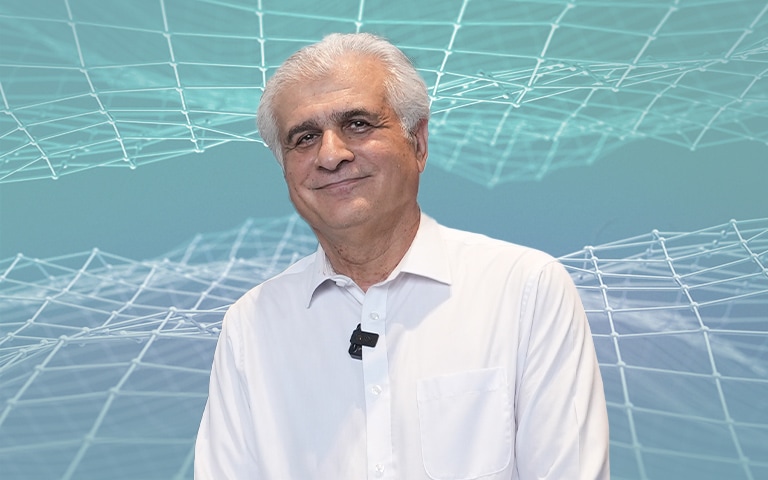
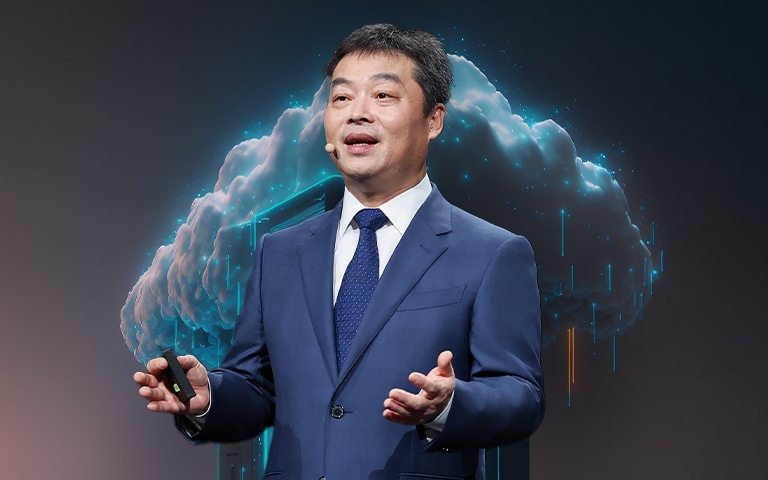



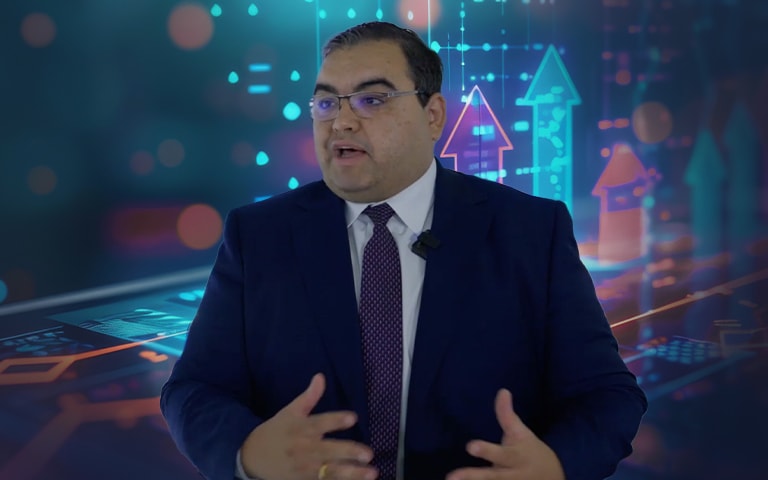
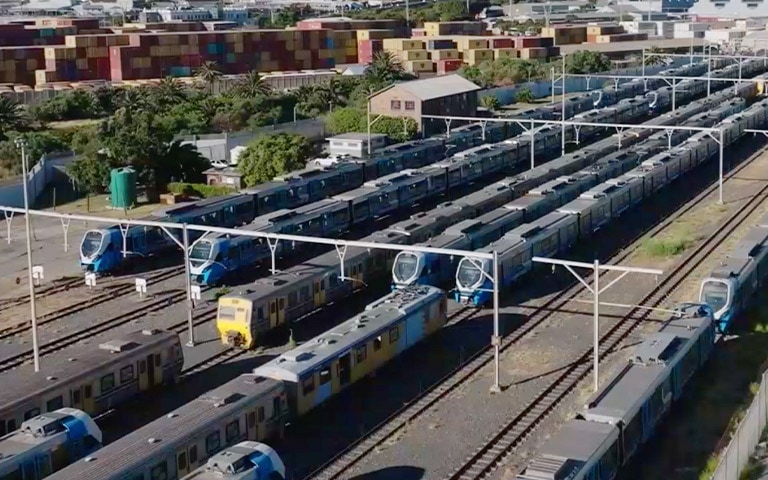
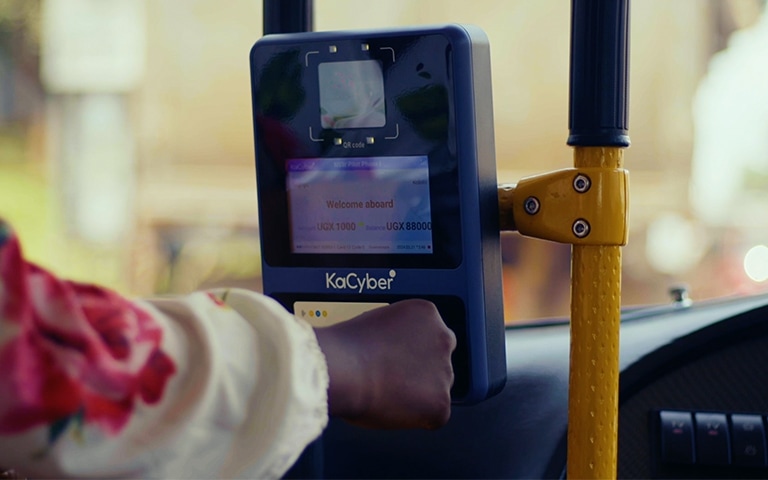
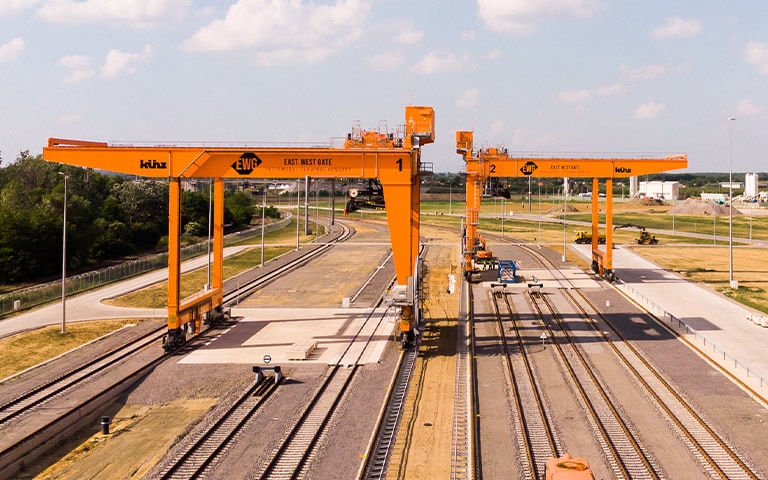

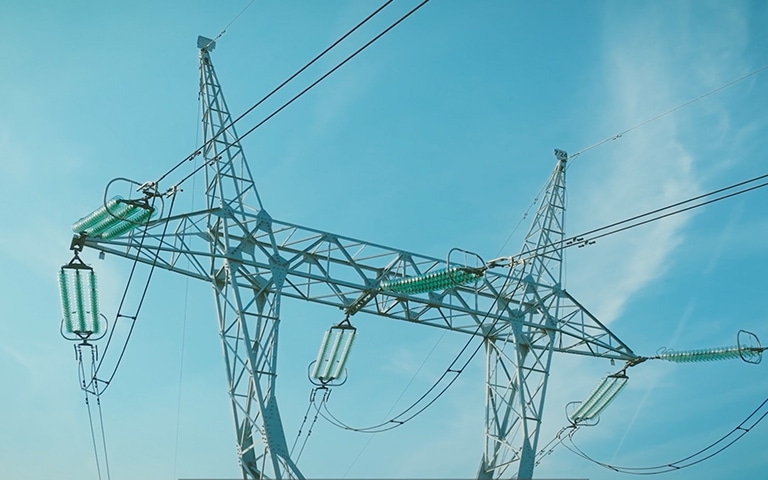
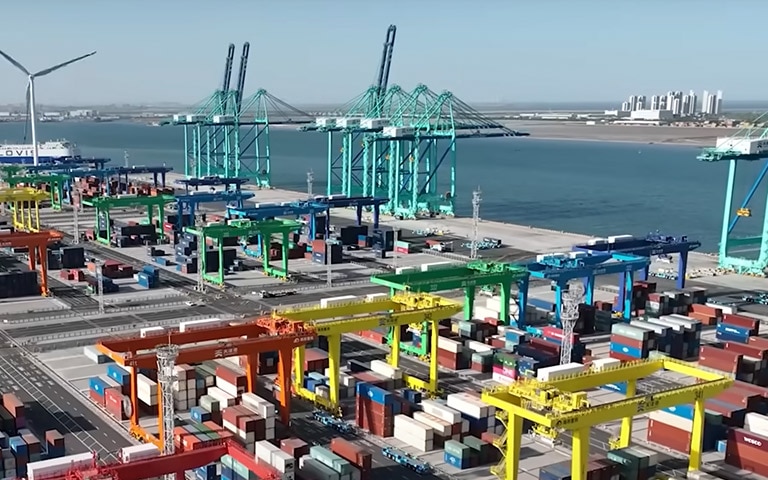



Contact us! transform@huawei.com
